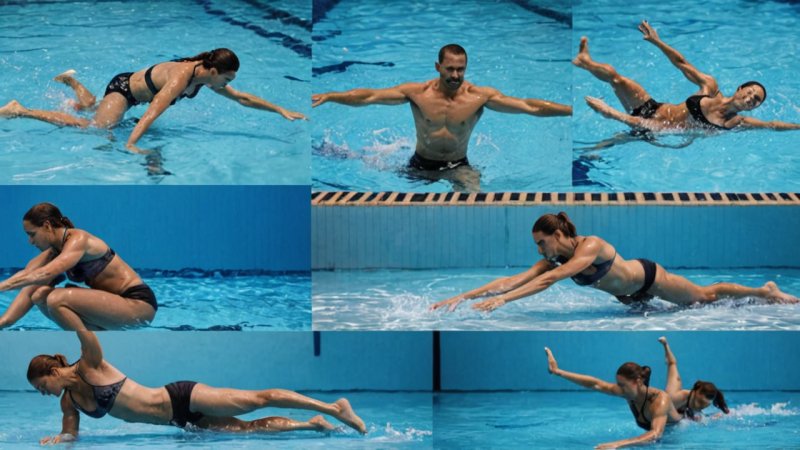Introduction
Engaging in water sports, whether it's swimming, kayaking, or surfing, requires not just skill and technique but also a commitment to proper warm-up and cool-down routines. These practices are essential for enhancing performance, preventing injuries, and promoting recovery. In this article, we will explore the top five reasons why warm-up and cool-down routines are crucial for athletes participating in water sports.
1. Enhances Flexibility
Before you dive into the water, it’s vital to prepare your muscles and joints. A good warm-up routine includes dynamic stretches that increase flexibility and range of motion.
- Dynamic stretches: Movements like arm circles and leg swings help loosen up the body.
- Increased blood flow: Warm-up increases blood circulation, making muscles more pliable and responsive.
2. Reduces Risk of Injury
Injuries can sideline athletes, making it critical to take preventive measures. Consistent warm-up and cool-down routines play a significant role in minimizing injury risks.
- Muscle preparation: Warming up prepares muscles for strenuous activity, reducing the likelihood of strains.
- Gradual intensity: A proper warm-up increases heart rate gradually, allowing the body to adapt to the demands of the sport.
3. Improves Performance
Research shows that athletes who incorporate warm-up routines into their training often see performance improvements.
- Enhanced cardiovascular performance: A warm-up elevates the heart rate, improving oxygen delivery to muscles.
- Better mental focus: Warm-up routines can help athletes mentally prepare for competition or practice, leading to improved focus and execution.
4. Aids in Recovery
Cooling down after a workout is just as important as warming up. It allows your body to transition back to its resting state, aiding recovery.
- Gradual heart rate reduction: A cool-down helps lower the heart rate gradually, preventing dizziness or fainting.
- Muscle recovery: Incorporating static stretches during cool-down can reduce muscle soreness and stiffness post-activity.
5. Builds Routine and Discipline
Incorporating warm-up and cool-down routines into your water sports practice fosters discipline and consistency.
- Creates a mental checklist: Having a routine helps establish a mental checklist, ensuring athletes are prepared physically and mentally.
- Promotes long-term health: Consistent routines encourage lifelong habits that benefit overall health and athletic longevity.
Conclusion
In summary, prioritizing warm-up and cool-down routines is crucial for athletes involved in water sports. By enhancing flexibility, reducing injury risks, improving performance, aiding recovery, and building discipline, these practices contribute significantly to an athlete's success and longevity in their sport. Embrace these routines to not only enhance your athletic abilities but also ensure a safer and healthier sporting experience.






